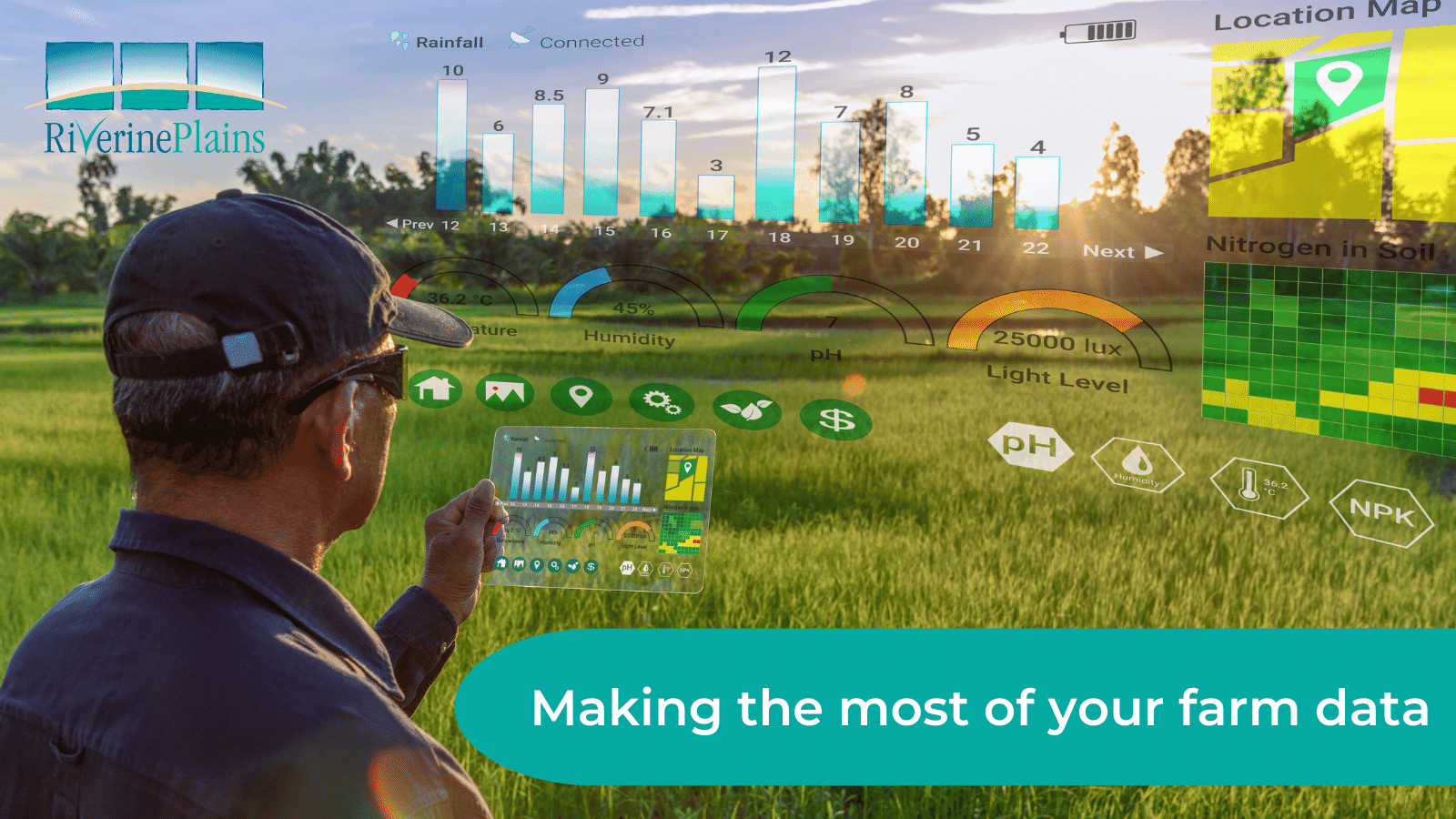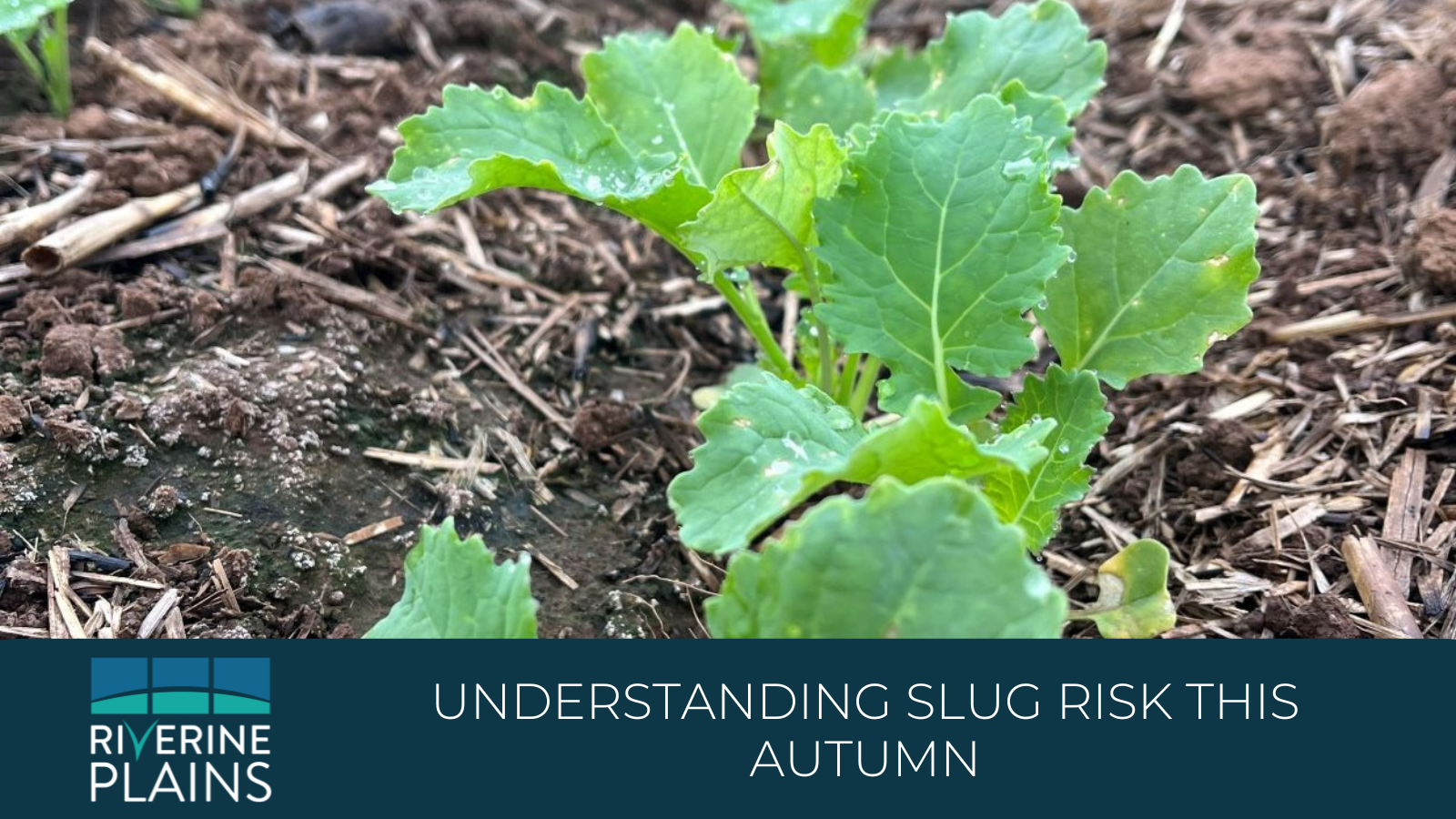What does the 4G upgrade mean for my farm?

Key messages
- the 3G network is being switched off in 2024 in favour of 4G and 5G networks
- on-farm electronic devices that rely on 3G technology will need to be upgraded to continue functioning
- there will be costs involved in upgrading, so it’s important to be prepared and know where to get assistance
The 3G network is progressively being switched off as telecommunications companies upgrade to 4G and 5G technology. The Telstra network will switch off its 3G network on 30 June 2024, while the Optus 3G network will be switched off in September 2024.
The 3G network closures will impact any older style mobile phones and on-farm electronic devices that use the 3G network. Devices that may be affected include weather stations, trough monitoring and livestock monitoring devices.
Talk to your provider
The best way to prepare is by talking to your agtech equipment provider to find out what solutions are available for your farm. The sooner you start this conversation the better, as there may be several options available, including software, hardware or modem upgrades. Your provider will be working with all their clients to provide upgrades, so it’s best to be in front of the queue!
Also be mindful there will be a cost associated with the upgrade, so knowing what you are up for will allow time for you to access any grants that are available.
Connectivity
As part of a Preparing Australia project, Riverine Plains recently hosted a webinar on connectivity options for on-farm monitoring equipment, with expert speakers Hamish Munro, Pairtree, and Rob Lansdown, Zetifi, covering a range of topics. They emphasized the importance of researching equipment suppliers, as they will be able to help you through the transition process and with any ongoing maintenance issues.
LoRaWAN (Long Range Wireless Access Network) and Narrowband Internet of Things (NB-IoT) are the two most popular Low Power Wide Area Network (LPWAN) techniques, and both have wide coverage, long battery life, and low cost, but work differently in different situations. The best connectivity option for your farm will likely depend on the density of equipment being used. For farmers using lots of on-farm sensors, LoRaWAN connectivity may be the best option, whereas NB-IoT may be the best option where there are a smaller number of on-farm sensors. NB-IoT has very good connectivity (better than 4G) across rural Australia and a lower ongoing sim card cost compared to 4G, so it may be a good choice when upgrading your network of weather stations and moisture probes from 3G to 4G.
When selecting modems for your devices, it's important to consider compatibility with existing equipment and ensure they support NB-IoT connectivity. When selecting a modem, consider:
- Compatibility: Check whether your existing (eg: ADCON and MAIT) devices support NB-IoT connectivity. If they do, choose modems that are compatible with these devices.
- Network Compatibility: Ensure that modems are compatible with the 4G NB-IoT network in your area. Different carriers might use different frequencies or technologies for their 4G NB-IoT networks, so check with your mobile carrier to confirm compatibility.
- Modem Features: Look for modems that meet your specific requirements, for example:
- Power Consumption: NB-IoT is known for its low power consumption, which is important for remote and battery-powered devices. Choose modems that are energy-efficient to maximise the lifespan of devices.
- Antenna Options: Check if the modems support external antennas, as this can be important for improving signal strength in remote areas.
- Form Factor: Consider the size and form factor (the physical size and shape of hardware) of the modems to ensure they fit well with your existing equipment.
- Connectivity: Verify that the modems offer reliable and stable connections to the NB-IoT network.
- Management and Monitoring: Some modems come with management and monitoring features that can help you keep track of the status of your devices and troubleshoot issues remotely, which can be valuable for a large network of devices.
Discuss your options with your current technology provider as they will be familiar with your setup, and can provide a modem suggestion based on your individual situation.
Regional Tech Hub & Grants
An informative and free source of information is the newly established On Farm Connectivity Program - Regional Tech Hub. Farmers can use the Regional Tech Hub’s 1:1 communication channels to ask questions and seek expert advice (1300 081 029).
The Regional Tech Hub can also help farmers identify how to access the Australian Government’s On Farm Connectivity Program which provides a rebate of 50 per cent of the cost of eligible equipment, including installation and training, with grants of between $3,000 and $30,000 (excluding GST). The On Farm Connectivity Program covers digital technologies such as soil moisture probes, water flow and pressure monitors, livestock monitoring systems and pump controllers, as well as associated connectivity equipment.
Maintaining electronic equipment
Once you have your electronic sensors deployed in the paddock, their accuracy is dependent on you (or the supplier, depending on your arrangement). Like a windmill or pump, they need to be maintained in best working condition. Chewed wires, bird poo, rain, dust, dirt, bugs and spiders will reduce the accuracy of these devices and reduce their reliability. To maintain their reliability, ensure that you check, clean and validate the data that these devices are providing. This will ensure the data will be accurate and useful when you need it most.
For further information, please contact Riverine Plains Senior Project Officer, Kate Coffey by emailing kate@riverineplains.org.au
Acknowledgements
This article was supported by the More Robust Weather Station Network to Support Climate Resilience project.
The More Robust Weather Station Network to Support Climate Resilience project received grant funding from the Australian Government.
Resources and further reading
Helping Australian farmers and producers make confident technology decisions | AgTech Finder


